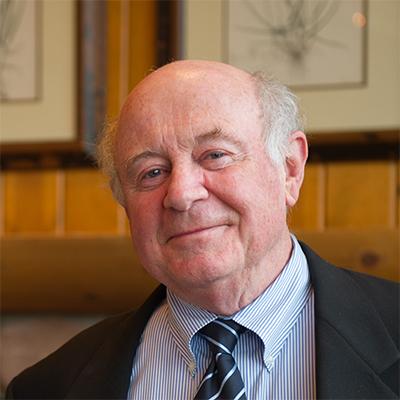By Paul Hill and Sarah Yatsko
Baltimore is right to applaud City Schools CEO Andrés Alonso and to be sorry to see him go. Like other cities that lose an effective school district leader, the city is also at risk of losing what he has done.
Everything depends on understanding how he has approached his work. Few dispute that Dr. Alonso is passionate about education and a great communicator. These personal qualities helped. But he also had a defined strategy.
Alonso made Baltimore a place where effective and ambitious educators want to work. He also made it a place where parents, especially those in the lowest-income neighborhoods, know that the district is not resigned to low performance.
Alonso did this in four ways. He made it clear that principals could really lead their schools by giving them control of budgets and hiring. He gave teachers the freedom to work in effective teams with colleagues who shared their drive. He convinced families that the district would transform the least effective schools and create new options. Recognizing that not all schools in a diverse city could or should be alike, Alonso created systems to judge schools on student learning and growth, instead of on compliance with rules.
Taken together, these actions describe a portfolio strategy—a continuous improvement model for districts that aims to dramatically affect student outcomes at scale. The strategy, built around 7 key components, creates diverse options for families across a city by opening new high-performing, autonomous schools; giving all schools control of budgeting and hiring; and holding schools accountable to common performance standards. Baltimore is one of the more advanced among nearly 40 cities nationwide pursuing this strategy.
The changes instituted by Alonso reinforce one another. Teachers and principals use their expertise as professionals, but they have to show results and build parents’ trust. Families get better choices. The district central office helps a diverse set of schools become better, not uniform.
No one would say that this improvement process has gone on long enough to ensure an excellent school for every child. Though performance and graduation rates have risen under Alonso, there are still some schools that haven’t found the right mix of instructional methods and student motivators. There are also some school staffs that haven’t jelled, where school leaders still don’t have enough control over hiring.
Alonso’s strategy, which has put Baltimore on the map nationally, mixes humility and determination. Neither Alonso nor anyone else in the district head office thinks they can run effective schools throughout the city by remote control. They know that the best educators avoid or leave districts and schools where they can’t make decisions that meet the needs of the particular kids they serve. At the same time, Alonso and his team have tried to free children from schools that don’t work, through leadership changes and creation of new options via re-staffing or chartering.
This is a strategy of continuous improvement. It recognizes that a city where fewer than half the children finish school ready for college can’t solve its problems in one simple leap.
Whether Baltimore stays with Alonso’s strategy or drifts away from it depends on the school board. If the board understands what Alonso was doing, why it worked, and how it could continue to improve the options for students, it will make sure the next CEO sustains his approach. The board will make sure Alonso successor is committed to attracting the best educators by giving them the freedom needed to be effective. It will make sure the new CEO won’t flood schools with new rules, but will hold schools accountable for performance and continue seeking better schools for the children who are doing least well. The school board must also be clear that the CEO will be evaluated on how well he or she executes the strategy, and whether the district is working hardest to create good new schools for the children most in need.
Many attractive candidates will profess a different vision, one where every school follows the same method, uses time and money in the same way, and trains all teachers to do the same things. They will seek to make everything neat and uniform. This is an approach for a city where most schools meet students’ needs and children graduate ready for college or career, not for a district that must be open to the best new ideas and to attract the most talented educators available.
Baltimore has lost Alonso, but it doesn’t need to lose his accomplishments. It needs to make sure the next CEO knows how Alonso has made a difference, and is committed to his strategy.
Paul Hill and Sarah Yatsko have studied Baltimore and more than 20 other big-city districts that are following a strategy of educator empowerment and performance accountability.



